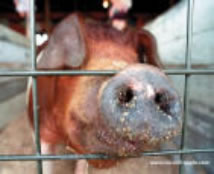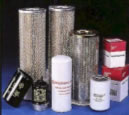SCIENCE
ENHANCEMENT PROGRAMME |
||||||||
 |
||||||||
| quick link: Menu | Intro | M | N | O | ||||||||||||||||||||||||||||||||||||||
|
||||||||||||||||||||||||||||||||||||||
|
Developed
by the Keele Group. Sc2, Health Keele University Introduction This lesson focuses on an issue never far from the headlines, namely the spread of the influenza (flu) virus. It should appeal to pupils because it makes use of recent events. Some pupils may even have been to places where they had to wear masks due to the outbreak of SARs. The lesson involves pupils collecting and considering evidence related to masks.
• how microbes spread disease; • to identify the variables to vary and control; • to identify relevant evidence to support the theory that humans could catch avian flu.
• describe how masks can prevent the spread of disease; • identify the variables that they need to control; • to identify supportive evidence for a particular theory.Teaching Sequence • Starter activity: pupils read the ‘newspaper’ article ‘Are pigs carrying flu super virus?’ (Pupil information sheet A) They then sort out the true/false statements (pupil activity 1). One spokes person from each group feeds back to the class. • Next ask how we can prevent the spread of disease. Introduce the idea of masks and other ways by using recent news items SARS, masks, culling, and isolation (see photos on pupil information sheet B). Raise issues of microbe size and mesh size. • Main activity is focused on the question, ‘How can we test the effectiveness of different materials used in masks?’ This question can be investigated through a class practical activity (details provided below), a teacher demonstration (details provided below), or by using the specimen data provided (pupil information sheet C). Whichever activity is chosen, it is important to stress to pupils that only fungi and bacteria will grow on the agar plate, as viruses (such as those that cause flu) will not. Viruses exist in living cells. • Plenary – pupils are given data on size of microbes and size of hole in different materials (pupil information sheet D), in order to interpret which would be the best filter. Look at pre-prepared agar plate evidence or specimen results provided. Pupils analyse data and state whether the masks are effective filters against air borne microbes (pupil activity sheet 2). • A suggestion for homework is pupil activity sheet 3
Instructions One week later:
2. Demonstration with a vacuum cleaner: • Cover the end of a vacuum cleaner with a sample of cloth, turn the vacuum cleaner on and collect microbes.• Place the underside of the cloth on to an agar plate and remove, thereby transferring the microbes. • Or swab the underside of the cloth and wipe the swab onto the agar. • Seal the agar plate - explain it has to be left to culture the microbes. • Produce plates that you have already prepared or photographs of cultured plates. • Use for analysis and discussion. 3. Photographs (Technician friendly and less time consuming.) • Discuss how the practical would happen, but due to ‘time’
etc., photographs of agar plates with cultures of microbes and
different masks are being used.
Some suggestions for analysis: Prediction: Which do you think will be the best material to make a mask from? Why? Results:
Pupil information sheet A: Spreading Disease Are pigs carrying flu super virus?
Pupil activity sheet 1: Spreading Disease True or False? 1. Thirty-one people caught bird flu after being in contact with farmed birds. 2. Bird flu virus has been found on the snouts of pigs, but they did not show any symptoms of infection by the flu virus. 3. Bird flu cannot be passed from humans to humans. 4. The flu virus lives in the lungs and throats of animals and can only be passed to animals of the same species. 5. Pigs can be infected with the human and bird flu virus.Pupil information sheet B: Spreading Disease 
Pupil information sheet C: Spreading Disease 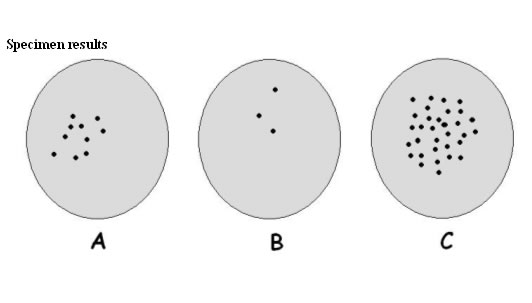
Pupil information sheet D: Spreading Disease 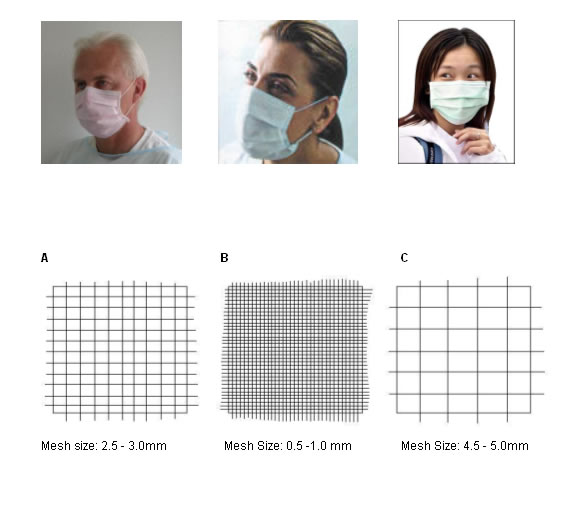
Pupil activity sheet 2: Spreading Disease What are the facemasks actually stopping? Compare the sizes of microbe against the mesh sizes.
Evidence 2 – mesh size (use the data on
pupil information sheet D to complete this table)
Evidence data 3 Results of the agar plate experiments Q1: What conclusions can be drawn on the effectiveness of filters based on the evidence?
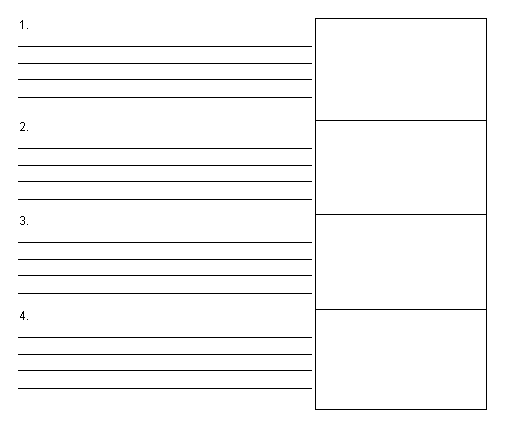
|
|
